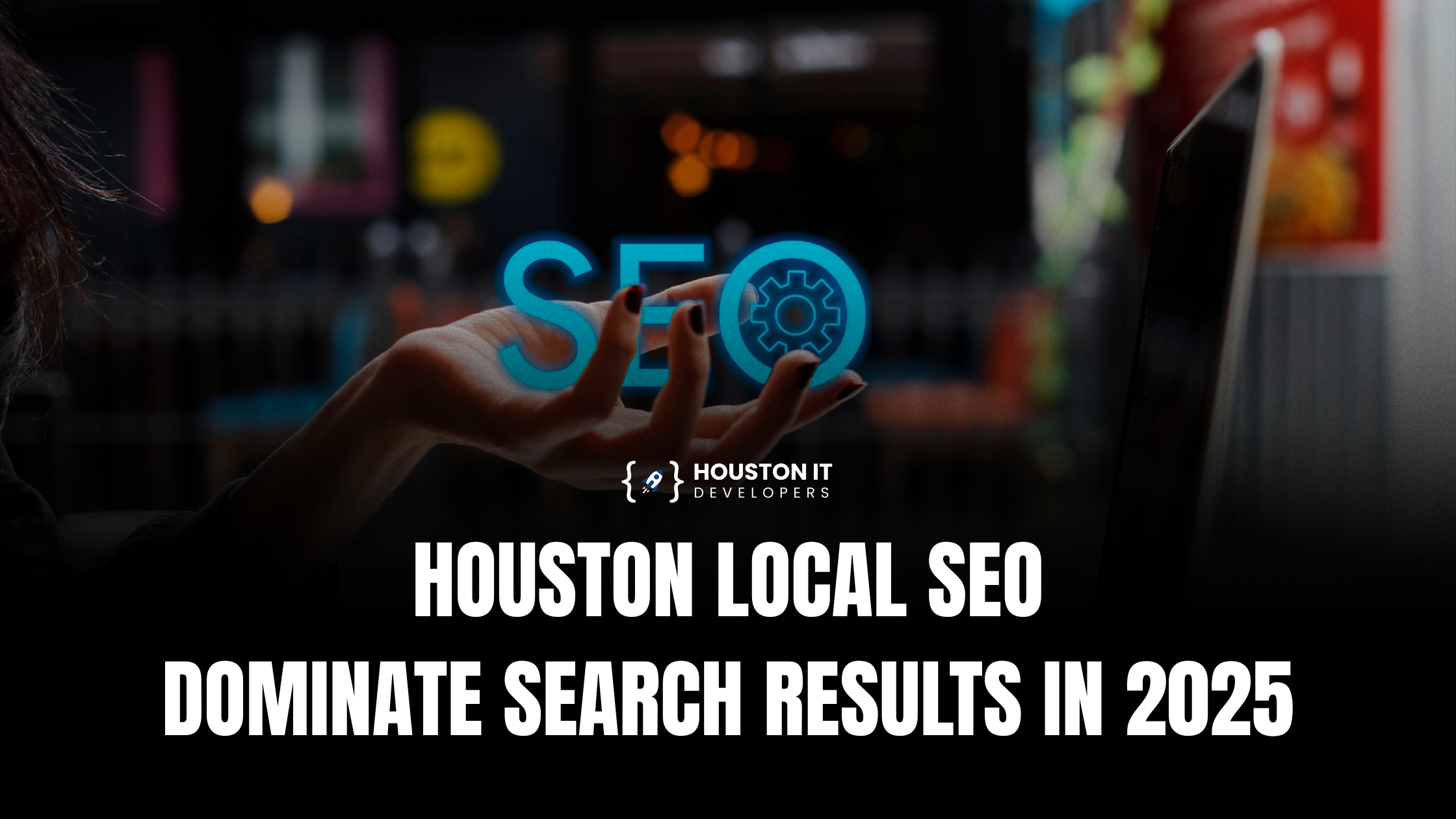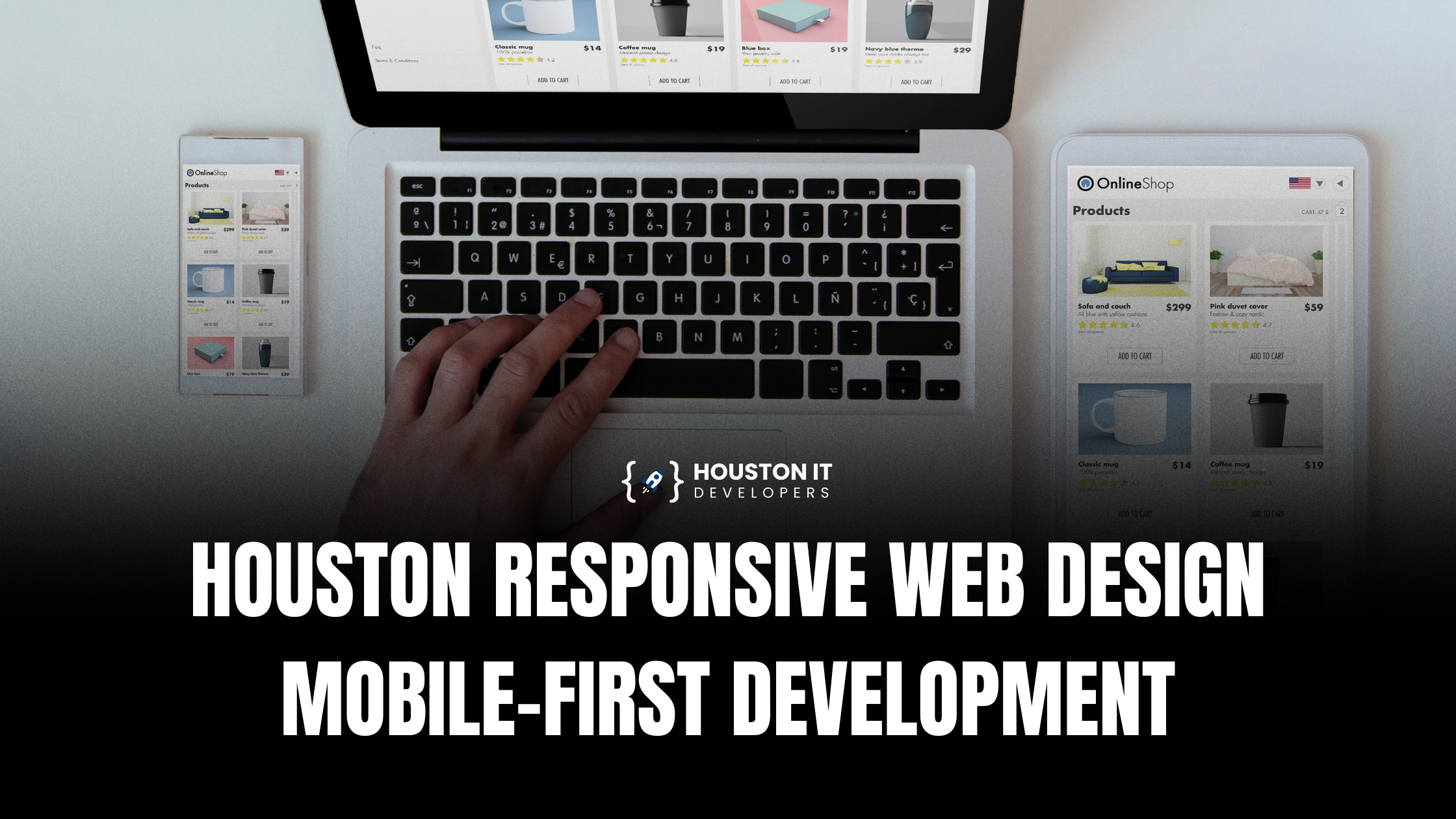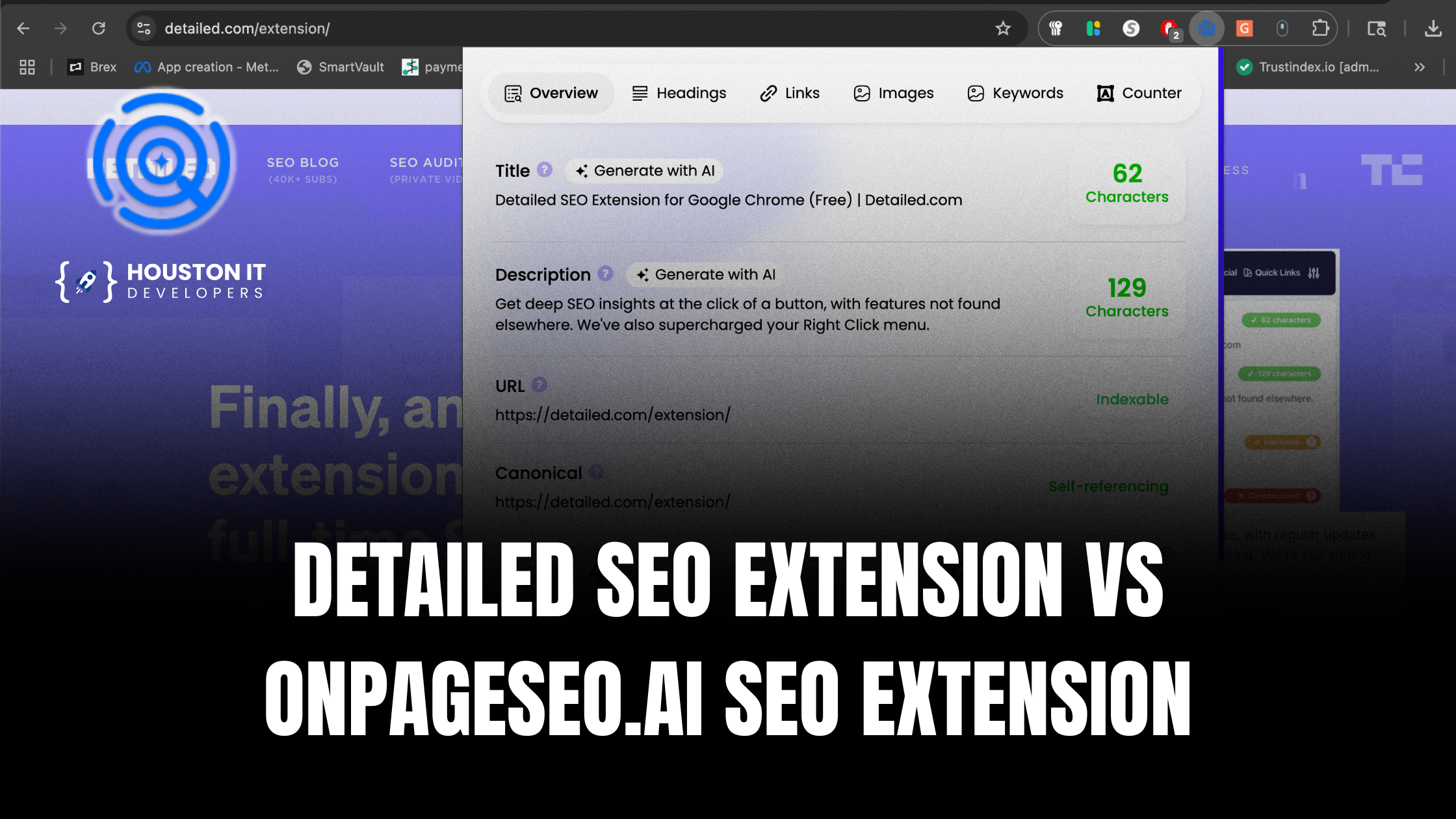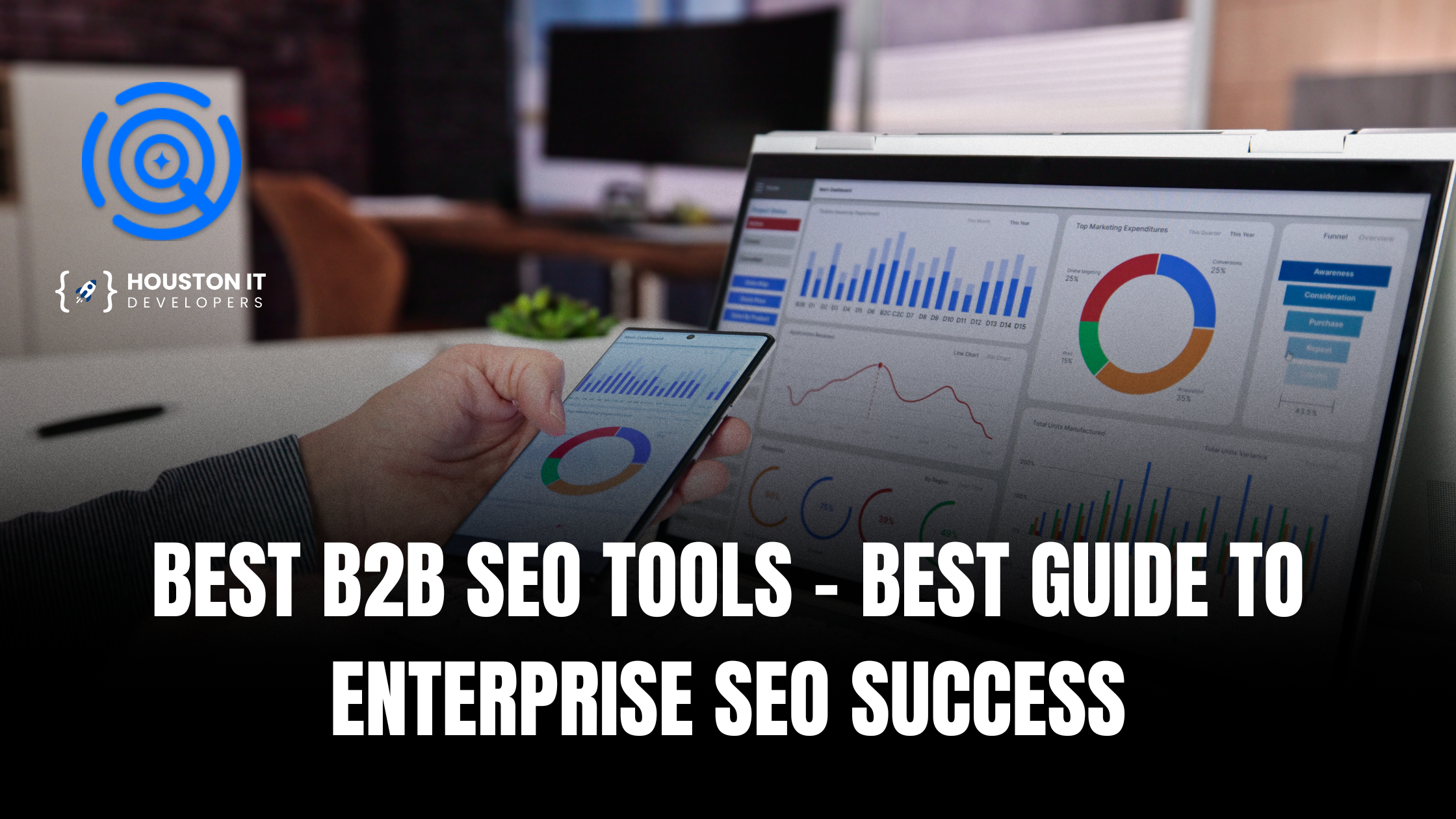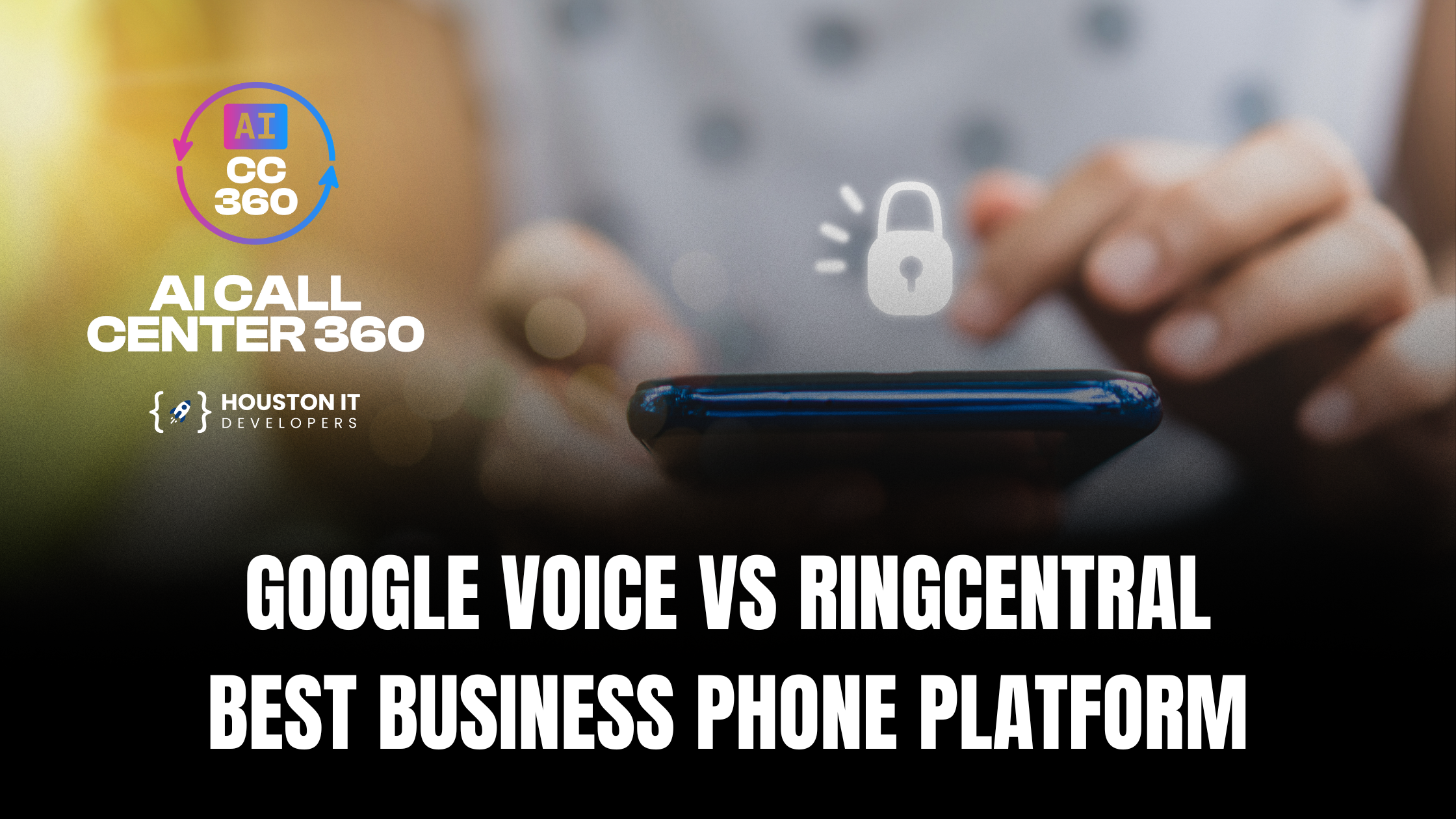Want to promote your business online? There is pretty much a means of communication for every occasion. Reach your target audience based on your needs through push notifications, SMS, and/or emails. Whether it is to engage the audiences or reengage with them, finding the best solution is by trial and error until you decide the best in push notification vs. email vs. SMS. But then remember, there’s no one solution, it’s all about what your marketing goal is and what the best mode of communication for it is.
The push notification service is integrated into the app during the app development process. For SMS and email, you can opt for third-party marketing tools to do the job for your online marketing. Technical stuff aside, let’s evaluate the significance of these three marketing channels by comparing them with their pros and cons and try to understand their context and use-cases as efficient marketing tools.
Email Marketing
Probably one of the oldest means of marketing channel, emails were in use before the start of mobile devices. Initially used as a means of communication rather than for marketing, email has undergone a drastic change now with the introduction of the internet, e-commerce, and mobile phones. Email is best because it generates $42 for every $1 spent and that means an amazing 4,200% return on investment. And when you segment your subscriber list and then create a segmented campaign, expect your revenues to increase by around 760%.
Pros of email marketing
Segmenting audiences
If you have a derived subscriber list from your website, divide them into lists based on their interests, shopping history, preferences, items in the cart, demographics, and so on.
Personalized campaigns
With the available segmented audience list, you create personalized emails to the concerned segment so that you get to see only what is relevant to them instead of shooting a general email to all. You can also plan triggered emails based on customer actions, for instance, sending an onboarding email to a customer when they sign up for your website the first time. A segmented email campaign shows around a 50% higher click-through rate (CTR) than untargeted campaigns.
Rich design
With various email marketing tools available online, you can select from attractive templates and make full use of images, videos, text, and CTAs to instantly engage customers. Another benefit is that emails allow you to attach files when you need to communicate something lengthy to them.
Bulk emails
Instead of sending emails to each subscriber, you can shoot emails in bulk to your subscribers, from a few to thousands, in one shot. This scalable targeting allows you to reach a larger audience.
Shareable
Sharing is easy with emails. Instead of copying the text and link, people just need to forward the email to the interested people.
Beyond marketing
Other than sharing offers, sales, and discounts, count on emails to do more for your brand. Share links to blogs, events, and new product launches. It even makes it easy to send vouchers, payment receipts, or coupon codes as compared to SMS and push notifications.
Cons of email marketing
Spam
With advancing technology, the email software automatically puts marketing emails in the spam folder or in a separate folder such as Updates and Promotions. Inadequate planning of your campaign may lead to customers deleting your email without opening them or blocking them with spam filters.
Poor click-through
The average click-through for emails stands at 2.6% even if the average open rate was 18%. Marketers have to be careful enough to design emails to impress and engage the audience.
Non-responsive templates
There are email templates in thousands but be careful enough to select one that fits across all screen devices. People check their emails on desktops and even mobile devices. Some people even set their inbox feature to receive text-only emails. Take these into consideration when creating your email campaign.
Lead generation skills
Your email content has no minimum limit like the SMS or push notification. But in spite of the liberty, many marketers fail to come up with good marketing content, images, or videos for their emails. For instance, emails containing personalization in the subject line are 22% more likely to be opened, or attaching a video can lead to a 300% increase in CTR. But marketers fail to implement these and end up with abysmal email campaign results.
SMS Marketing
The Short Messaging Service (SMS) is seeing a revival of sorts after being relegated to the background following the success of push notifications. SMS now allows adding emojis, images (MMS), and links. SMS campaigns now enjoy an open rate of 98% and have response rates 295% higher than phone calls. You can gauge its popularity by the fact that 96% of marketers use text messages as it helps them drive revenue. But, just like emails, SMS is affected by advertising blindness. Many users just delete or ignore it without bothering to open and read the content.
Pros of SMS marketing
Instant delivery
Like push notifications, SMS reaches a recipient’s mobile device in just 7 seconds. And another advantage is your recipient doesn’t need an internet connection to receive the text message unlike emails or push notifications.
Complementary channel
Supplement your push notification and email marketing campaign by including SMS messaging. By combining these three, you can reach the maximum audience and make it more effective. Also, by reinforcing the ads, you stay on top of their minds when they are looking for related products or services.
Cost-effective
With mobile rentals and recharges available at lower rates, implement SMS marketing with full force. It is the cheapest available option when we compare it with push notifications or emails.
Higher open rates
As we mentioned earlier, SMS has an open rate of almost 98% while email is at just 18%. Marketers can take benefit of it to send time-sensitive alerts such as for offers, limited-time sales, and new product launches.
Simple setup
Subscribe to any SMS marketing service and put their API into your website to start your SMS campaign. You can trigger event-driven alerts with the setup. Also, these SMS services have in-built analytics tools to analyze your campaign performance in real-time.
Local marketing
SMS marketing is best suited for local businesses as they can reach their customers on the spot rather than in the long term.
Cons of SMS marketing
Short messages
As the name suggest, the character limit in SMS is just 160. You can send longer messages but it will break them into two or message which isn’t good option.
Not attractive
SMS contains only text and a link. It makes them appear monotonous and boring when you have better options in the form of emails and push notifications.
Do Not Disturb (DND) filters
Many users opt for DND services and some SMS get stuck in filters thus not reaching the customers. Also, any delivery service doesn’t ensure a 100% delivery guarantee. Of course, there’s at least an 80-90% success rate but you can’t be sure if the users have read your SMS. Moreover, the rules for SMS marketing are very stringent and any non-compliance will mean paying a hefty fine.
Not meant for relation building
The concept of SMS cannot be used for brand interaction purposes as the messages are short. It’s best used for some transactional updates or for sending discount coupon codes.
Push Marketing
Push notifications are highly visible and customizable which makes them a valuable re-engagement tool. They provide a different line of communication and catch the user’s attention while they are inactive on the app. It is best to use push notification when a significant activity happens inside the app that requires the user to take certain actions. It can also be used for time-sensitive information marketing such as discounts and offers.
During the app development process, a push notification service specific to Android or iOS is integrated into the app so that users can receive push triggers.
Pros of push marketing
No contact information required
An app can send push notifications directly on the user’s mobile device without having to source any contact information. An email campaign requires the user’s email id and SMS requires the contact number. Push notification requires only an internet connection.
Direct to user’s smartphone
Similar to SMS, the pushes land straight on the user’s mobile screen. The user reads it on the status bar or on the notification center screen on their mobile device to view the message.
User segmentation & personalization
The app users can be segmented into distinct use cases based on their app usage, frequency of usage, browsing history, demographics, and so on. Now, you can send personalized notifications to the audience segments to increase the click-through rate.
Versatile in form
While SMS is only about text and links, you can include emojis, images, and videos to complement the CTA. This significantly increases the conversion rates.
Real-time marketing
You can automate push triggers to be sent on the customer’s mobile device in real-time. Sending it at the right time as soon as a user takes an action on the app increases the app engagement rate.
Tracking insights
Many push notification services offer analytics to measure the open rate, read time, delivery rate, segmentation, conversion rate, and so on.
Cons of push marketing
Disappearing push notifications
When a user opens a push message they’re taken directly to the app or the web page. They don’t land on a screen where they can read the push notification. This essentially means your push notification should be short to ensure the users can read the message in its entirety directly from their mobile screens. This is the reason why notifications with 10 words or fewer have a higher click-through rate than those with 20 words or more.
No option to read and quit
As mentioned above, there is no provision to read the push trigger and opt to click on the link if needed. You click on the notification and you are directly taken to the app screen. This may annoy users who want to know what the message is before landing on the app screen or the web page.
Notification frequency
The frequency of sending push triggers is crucial because app users get easily annoyed if apps keep sending them more than one push notification in a day. They can easily disable push notifications from the app failing your push marketing campaign.
Extra costs for set-up
You need a third-party plugin or tool to use push marketing. These are expensive when compared to emails and SMS.
Cannot convey sensitive informatio
You cannot use push notifications to send invoices or payment receipts as users cannot save them for future references. For this, you have to rely on emails.
Opt-in in iOS
While the push notifications are enabled by default on Android devices when the user installs the app, it is not the case on iOS. Users have to opt-in to receive the push triggers in iOS. The opt-in rate in iOS for push notifications is about 45% when compared to 90% in Android phones.
Wrapping up
So, if it is push notifications vs. SMS vs. email, what would your call be and why? For us, we let the decision on our marketing goals. All three marketing channels have their pros and cons and use-cases. Businesses cannot ignore one while moving on to another. To achieve perfect results, we have to use all three tools in such a way that they complement each other.
At Houston IT Developers, we offer digital marketing services and help you with email and SMS marketing. For push marketing, our developers integrate the platform-specific service during the app development process making your app ready to send push triggers to your app users.
Visit our platform to get information on the services we provide to market your brand.

